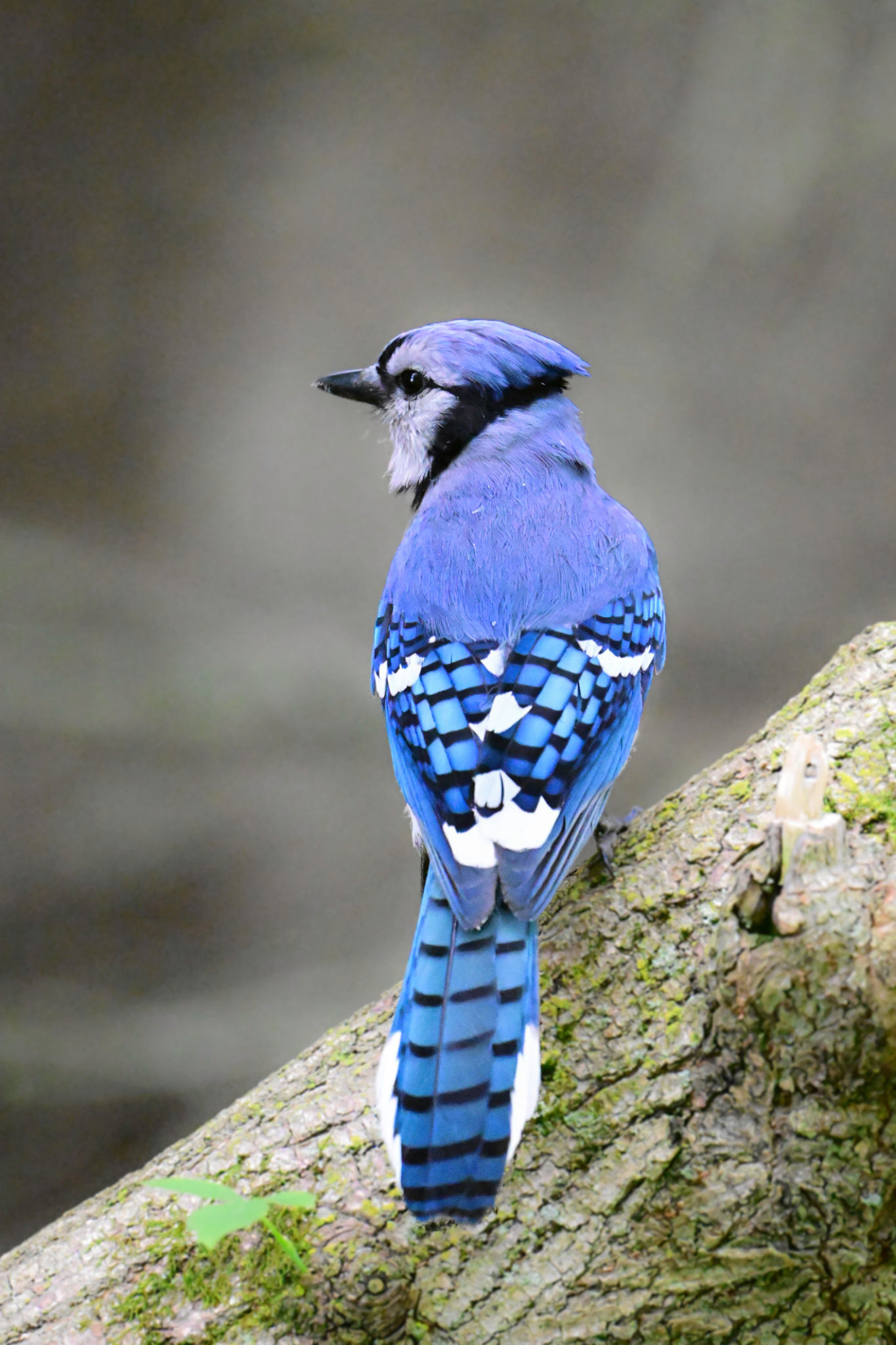Wildlife Photography Tips for Your Tanzania Adventure
Preparing for Your Tanzania Adventure
Tanzania is a dream destination for wildlife photographers, offering a captivating blend of stunning landscapes and diverse wildlife. Before embarking on your journey, it's crucial to prepare adequately. Ensure you have all the necessary equipment, including a reliable camera, various lenses, and extra batteries. Consider packing a sturdy tripod for stability during long shoots.
Researching the best times to visit Tanzania's national parks can significantly enhance your photography experience. The dry season, from June to October, is ideal as animals gather around water sources, making them easier to spot and photograph.

Choosing the Right Gear
The right gear can make a significant difference in capturing breathtaking shots. A DSLR or mirrorless camera with a telephoto lens is essential for photographing distant animals. A lens with a focal length of 200-400mm is typically sufficient for most wildlife scenarios.
Consider bringing a wide-angle lens to capture the expansive landscapes of the Serengeti or Ngorongoro Crater. Additionally, having a backup camera body can be invaluable in case of technical issues.
Mastering Composition Techniques
Composition is key to creating visually striking wildlife photographs. Apply the rule of thirds to add balance and interest to your shots. Position your subject off-center to create a more dynamic image that draws the viewer's eye.

Experiment with different angles and perspectives. Shooting at eye level with your subject can create more intimate and engaging images. Don't hesitate to get low or use a higher vantage point to add variety to your portfolio.
Understanding Animal Behavior
Observing and understanding animal behavior can greatly improve your wildlife photography. Spend time watching how animals interact with their environment and each other. This knowledge will help you anticipate moments worth capturing, such as a lioness stalking its prey or elephants wading through water.
Patience is essential; sometimes waiting for the perfect moment can yield extraordinary results. Be prepared to spend hours waiting for that one exceptional shot.

Respecting Wildlife and Their Habitat
While capturing stunning photos is important, respecting wildlife and their habitat should always be a priority. Keep a safe distance from animals, both for your safety and theirs. Use longer lenses to avoid disturbing them.
Avoid making loud noises or sudden movements that might startle animals. Remember, you are a guest in their home, and it's essential to minimize your impact on their natural behavior.
Post-Processing Tips
After capturing your shots, post-processing can enhance your images further. Use software like Adobe Lightroom or Photoshop to adjust exposure, contrast, and colors. Be careful not to over-edit; the aim is to enhance the natural beauty of your photographs, not alter them beyond recognition.
Organize your photos into collections or albums based on location or species to make it easier to share with others or create prints.

Embarking on a wildlife photography adventure in Tanzania promises an unforgettable experience filled with breathtaking moments. With the right preparation, gear, and techniques, you'll capture images that will last a lifetime.